Major Power Relations
Your Present Location: PROGRAMS> Major Power RelationsChina cuts tariffs to boost trade; more targeted measures needed
Source: Global Times Published: 20158-12-24
China on Monday announced plans to further reduce and scrap tariffs on hundreds of foreign and domestic products, as the country gears up to boost its foreign trade, which has seen slower growth in recent months amid deteriorating conditions caused by trade tensions and slowing global demand.
The new rules, which will start on January 1, 2019, have also seen as promises the country makes to advance its reform and opening-up.
However, analysts said that to further stabilize foreign trade, a main driver of economic growth, more targeted measures to help importers and exporters are necessary, including cutting fees and improving the customs-clearing process.
The Ministry of Finance (MOF) announced that starting on January 1, China will lower tariff rates on more than 700 imported products, with tariffs on alternatives to soymeal for livestock feed and raw materials for certain medicines to be eliminated.
That would be followed by further cuts to already-low tariff rates on 298 types of information technology products beginning on July 1, according to a statement from the MOF.
In an apparent bid to boost exports, China also announced that it will cancel export tariffs on 94 items, including fertilizers and iron ore, starting on January 1, and reduce export tariffs on dozens of other products, the MOF said.
The announcement came after Chinese policymakers have vowed in a series of recent high-level meetings to stabilize foreign trade, as internal and external pressures have affected the world's second-largest economy and largest trading country.
GDP grew 6.5 percent year-on-year in the third quarter, the slowest pace since 2009. Growth rates for exports and imports have also seen sharp slowdowns. In November, exports grew 5.4 percent year-on-year, the weakest pace since March and down 10.1 percentage points from the rate in October, while imports expanded 3 percent year-on-year, the slowest pace since 2006, according to customs figures.
Necessary measures
"The outlook does not look positive at all as trade tensions between China and the US continue to linger," Huo Jianguo, vice chairman of the China Society for World Trade Organization Studies, said.
Huo noted that import and export growth could further slow in December and in the first quarter of 2019. "Given that, it is imperative for China to take necessary measures to boost trade."
While there is some optimism for China and the US to address their trade disputes through ongoing negotiations, the overall outlook for global trade does not look good.
The WTO forecast in September that global trade growth could slow to 3.9 percent this year and 3.7 percent in 2019 from 4.7 percent in 2017.
To help domestic importers and exporters weather these deteriorating external conditions, China needs to take further steps, according to Liu Ying, a research fellow at Renmin University of China's Chongyang Institute for Financial Studies.
"Obviously, lower tariffs are good for import and export companies, but there should be further measures, more targeted actions, to help these companies," Liu told the Global Times.
The government should also help cut costs for companies through lower administrative and other fees and improved customs-clearing procedures, Liu said.
She added out that China should help domestic exporters explore more overseas markets through the Belt and Road initiative, as well as bilateral and regional free trade agreements (FTAs).
The MOF also said on Monday that China would further cut tariffs on imports from several countries, including New Zealand, Peru, Australia and South Korea, under new or upgraded bilateral and multilateral FTAs.
Huo said while these actions are steps in the right direction, "it is more important that we follow through on them and have supplementary policies to make sure that companies will see benefits from these measures."
Liu Ying is a senior research fellow at Chongyang Institute for Financial Studies at Renmin University of China.









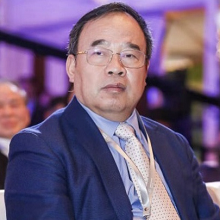

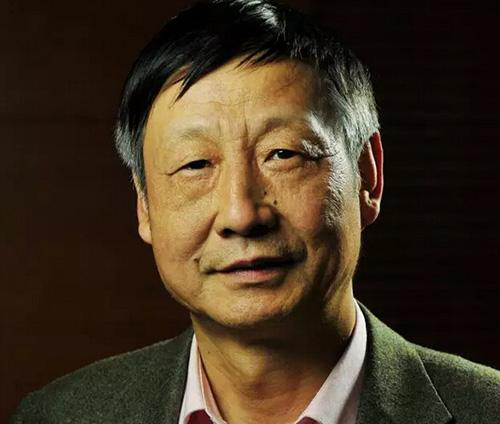
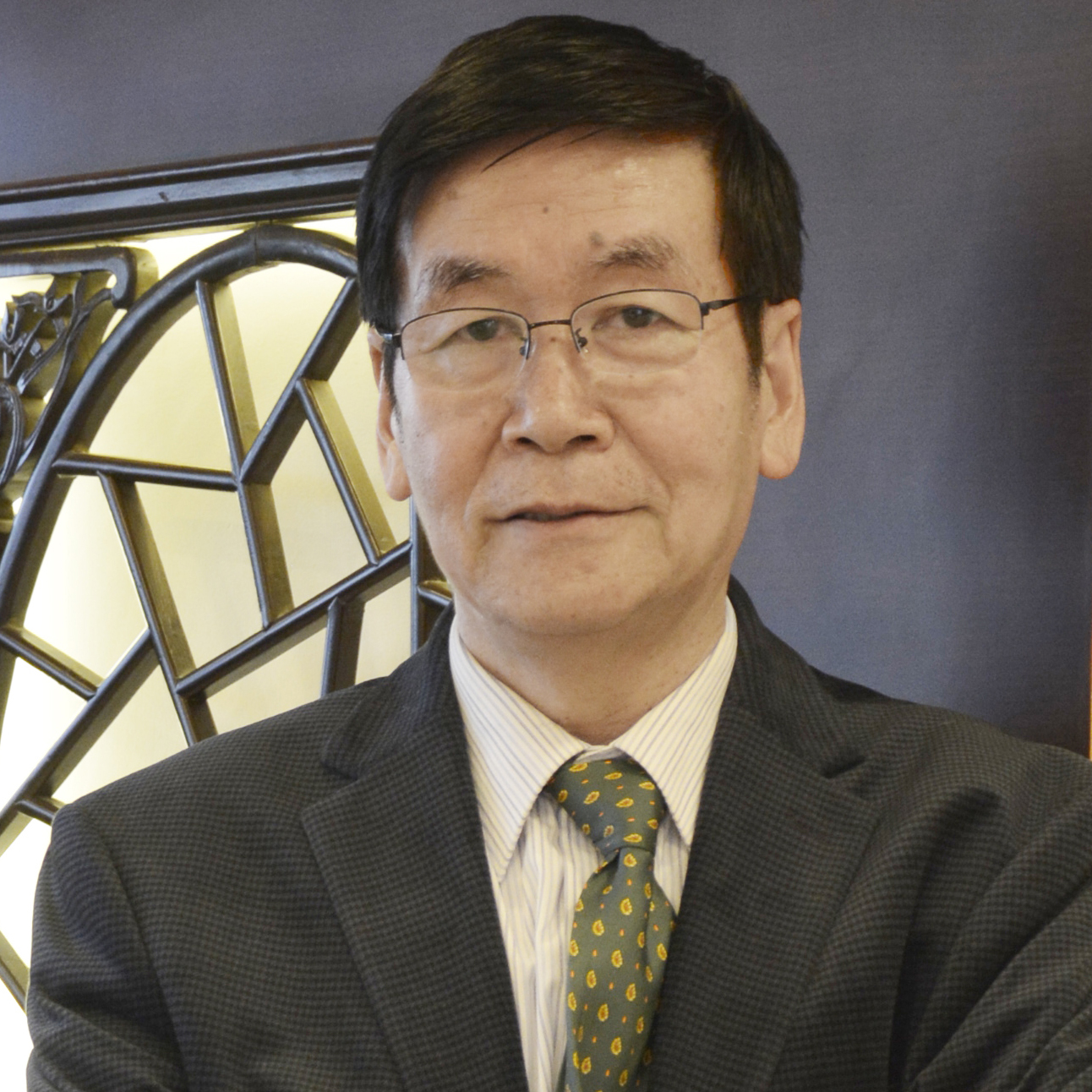
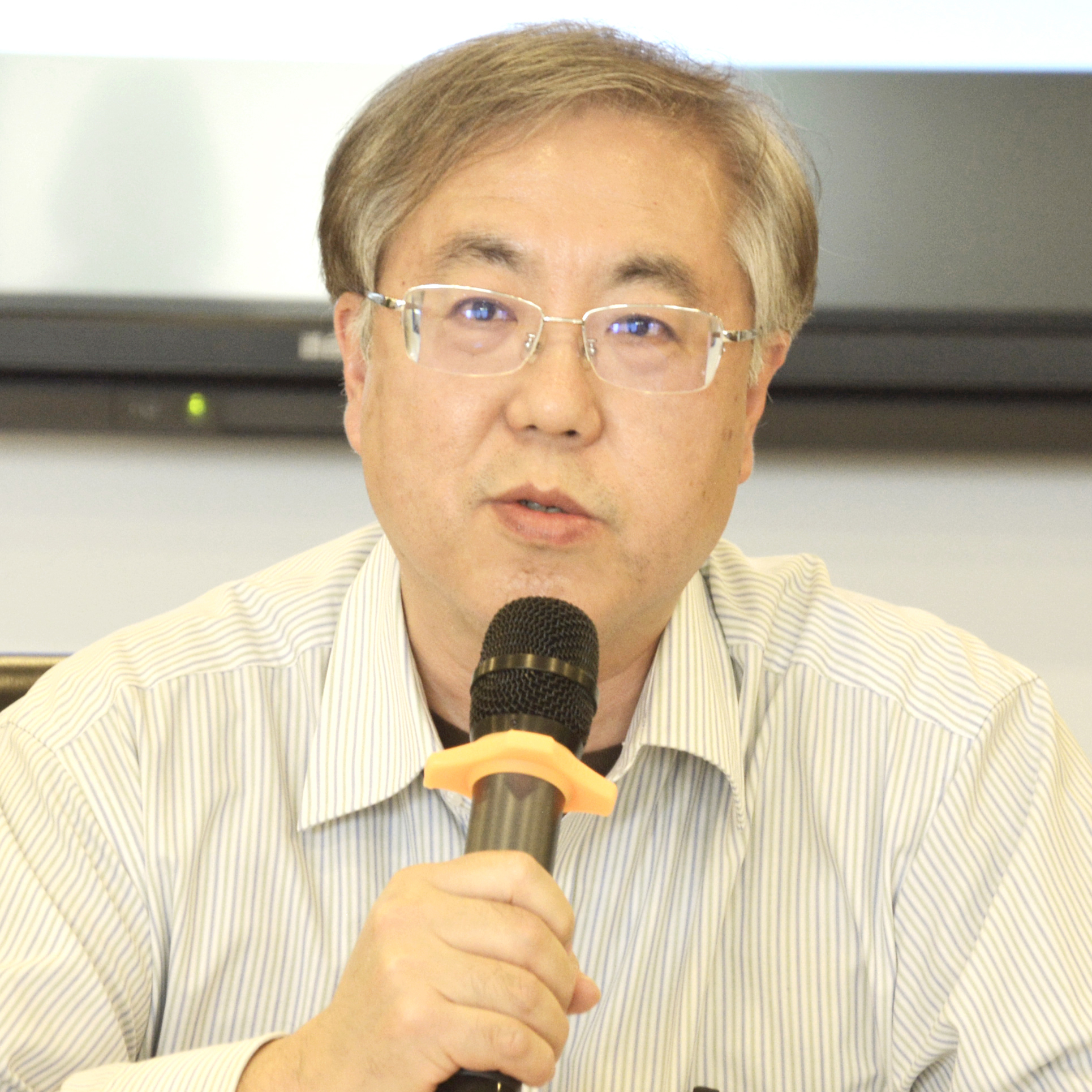

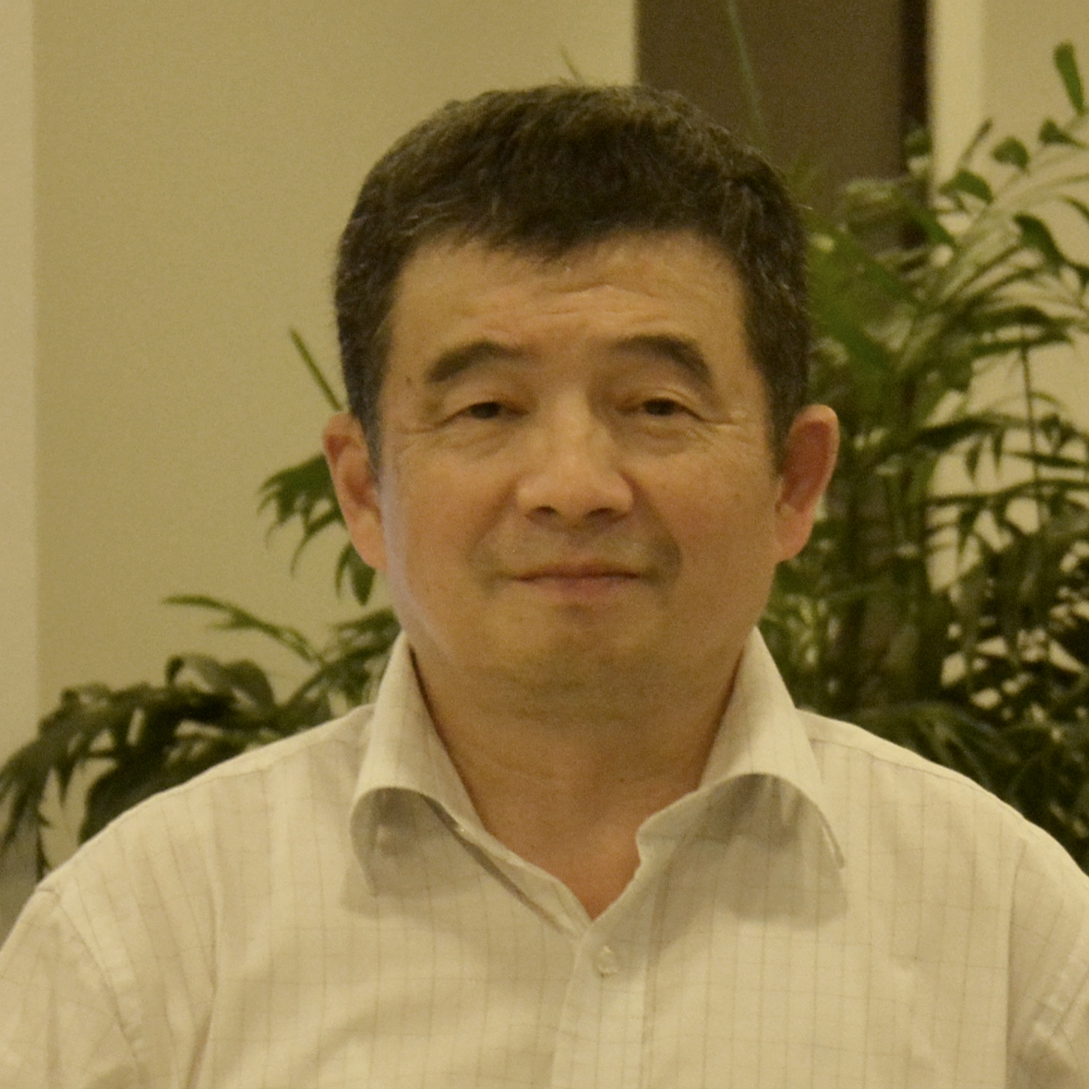


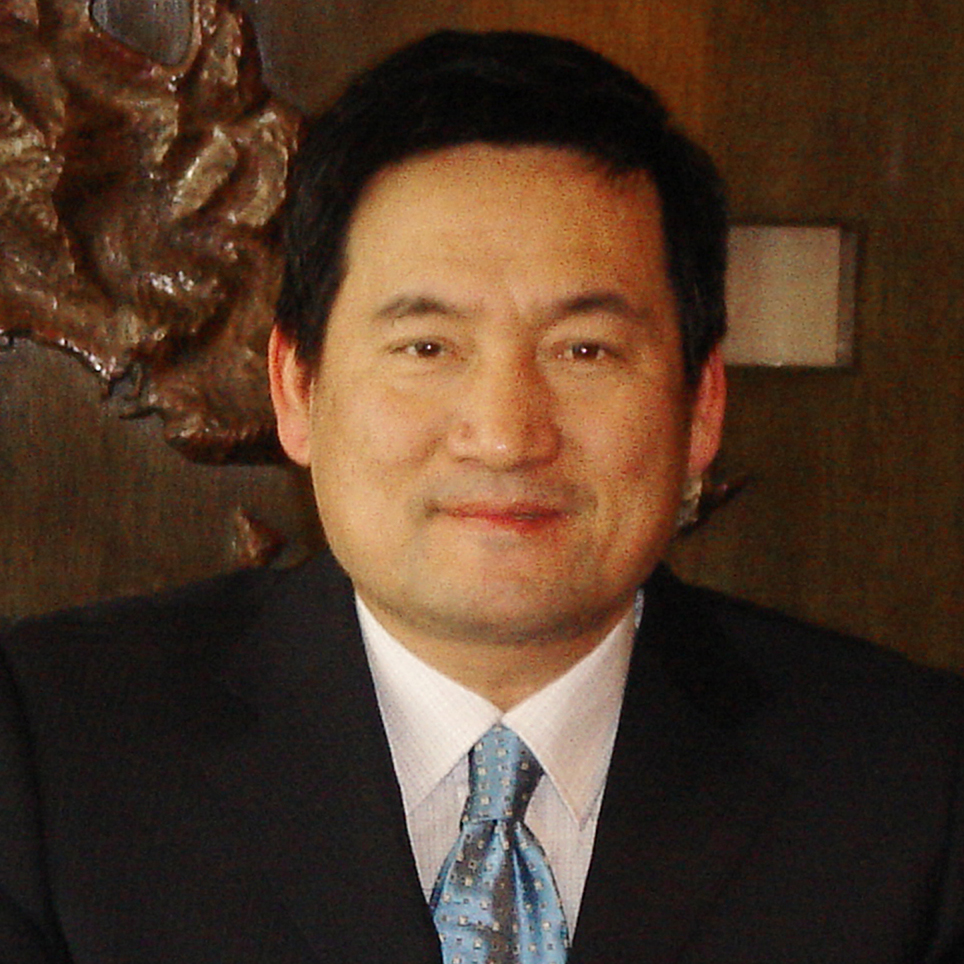






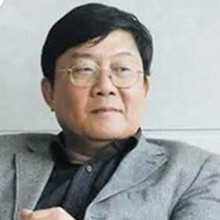

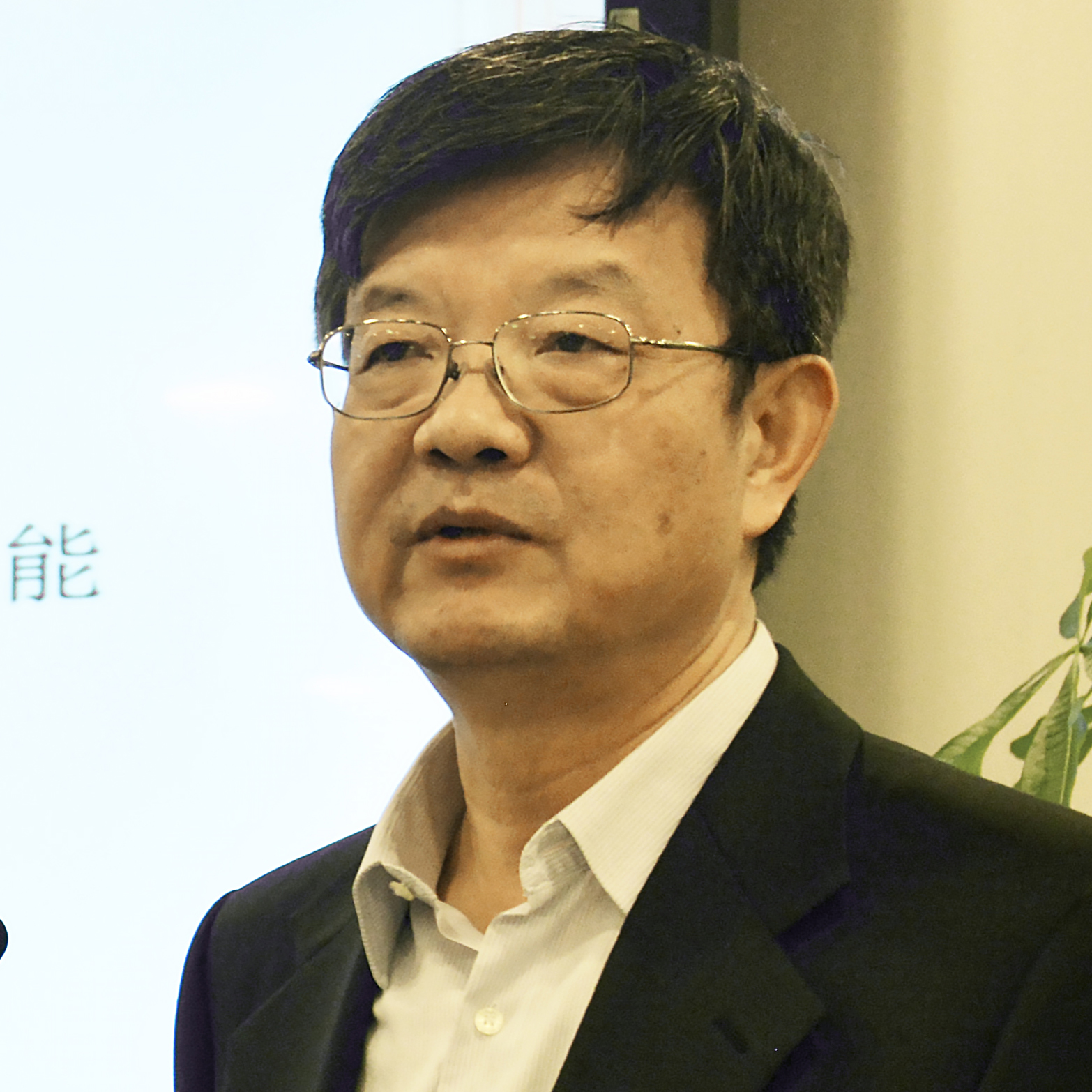


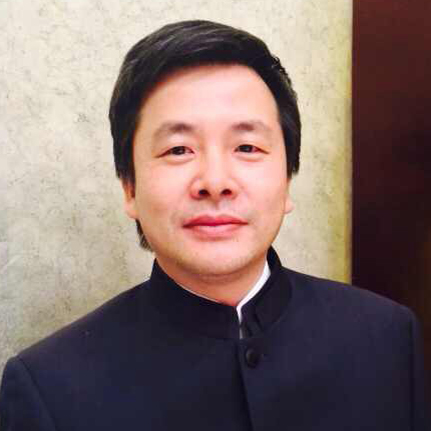

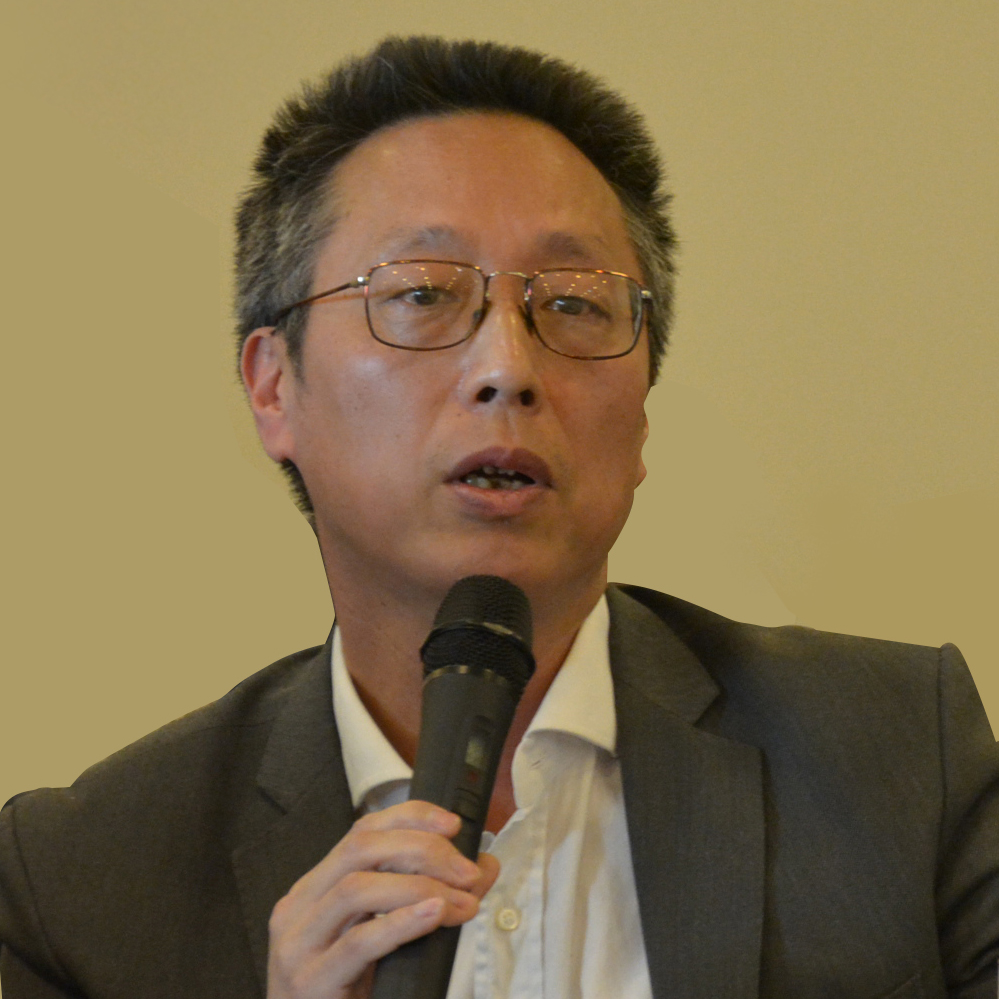
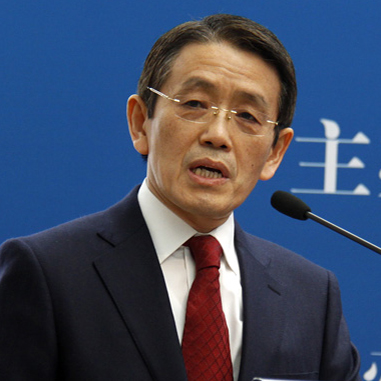

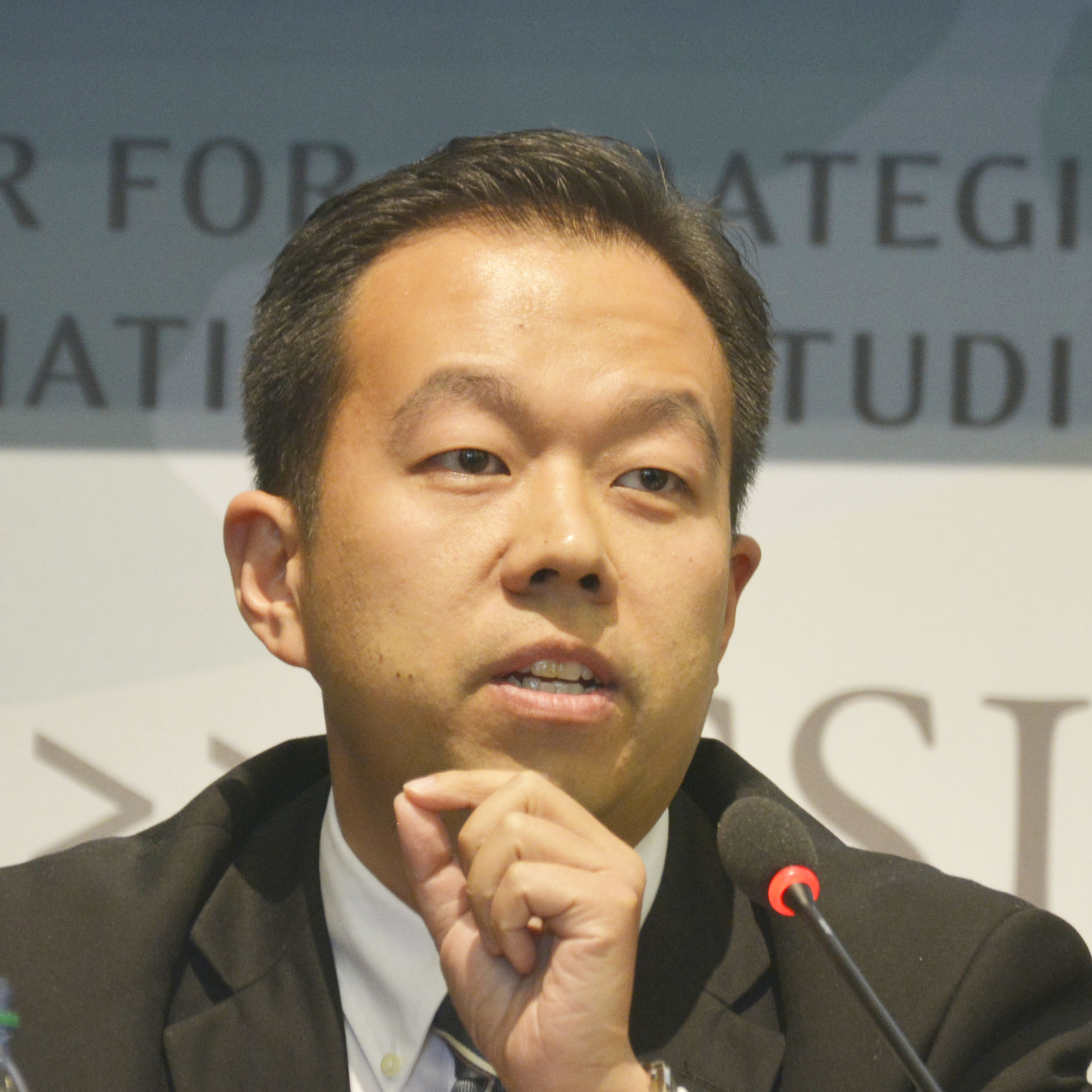


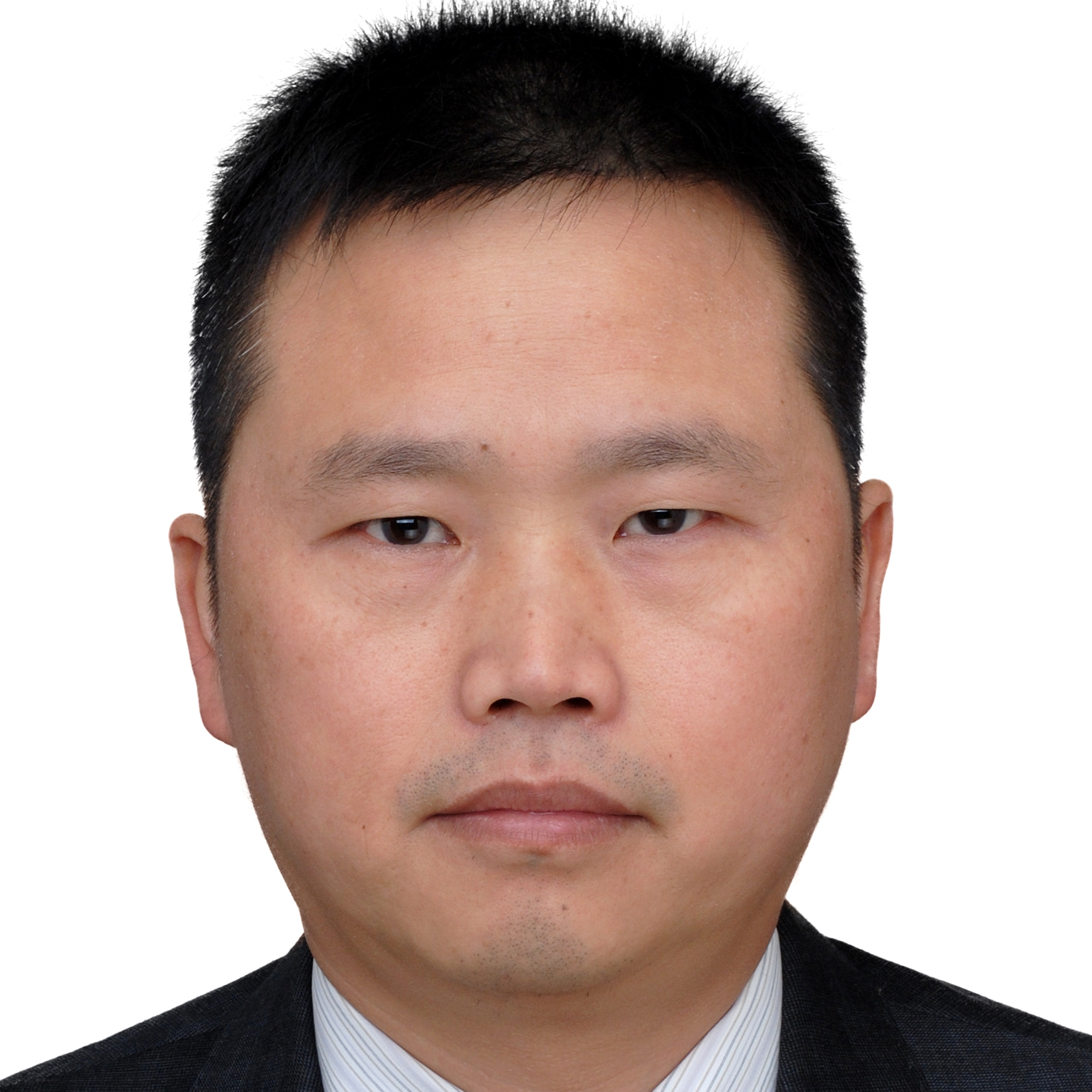



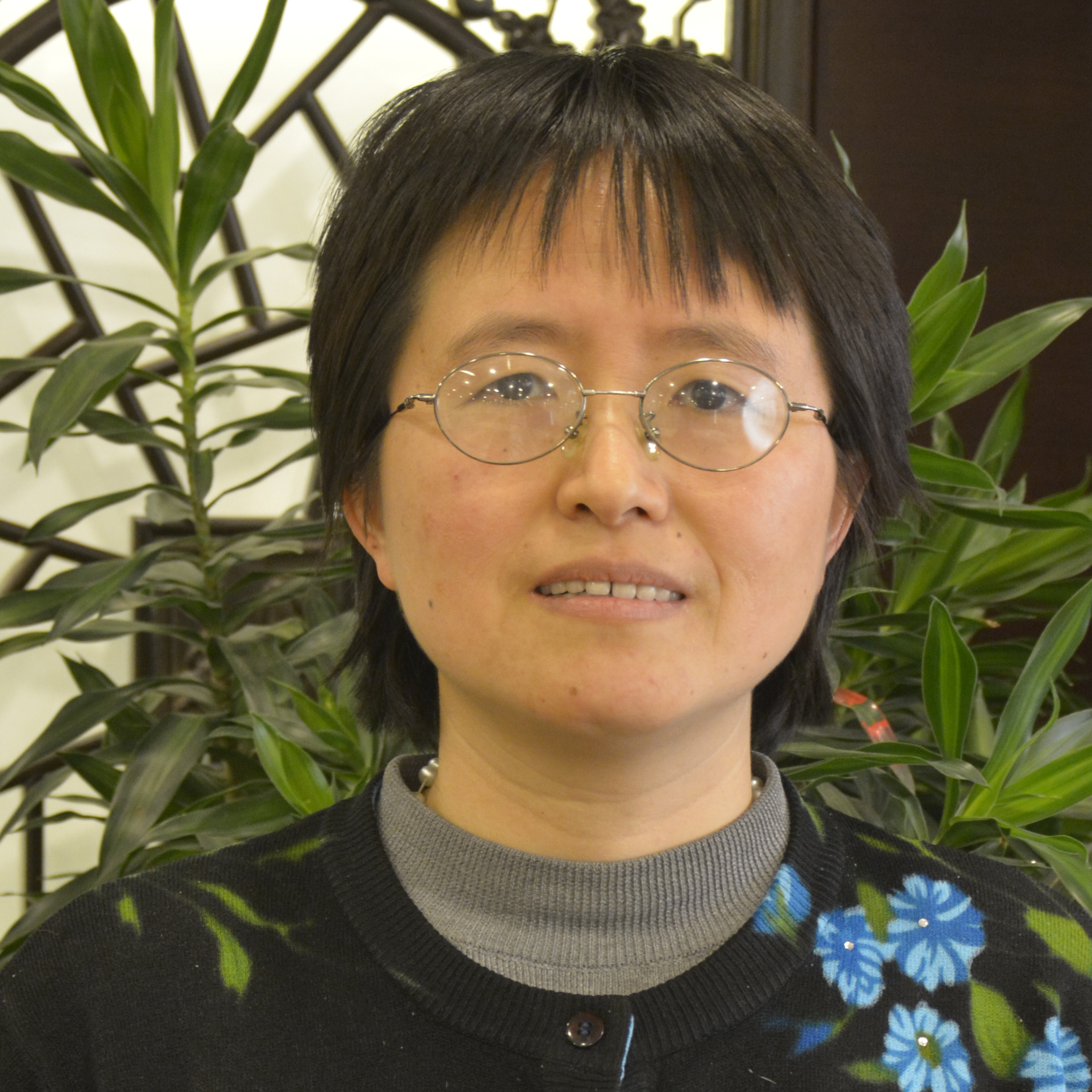



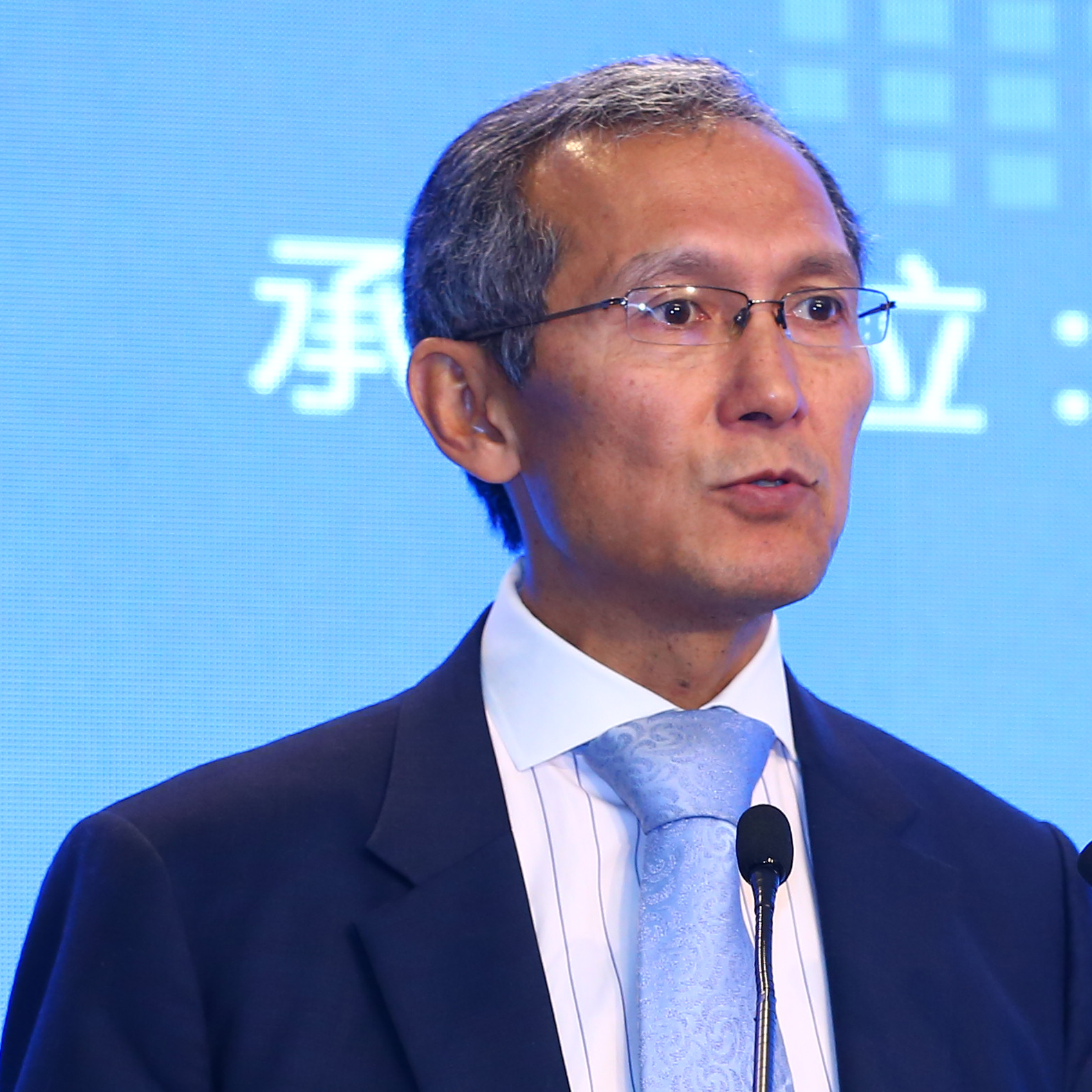
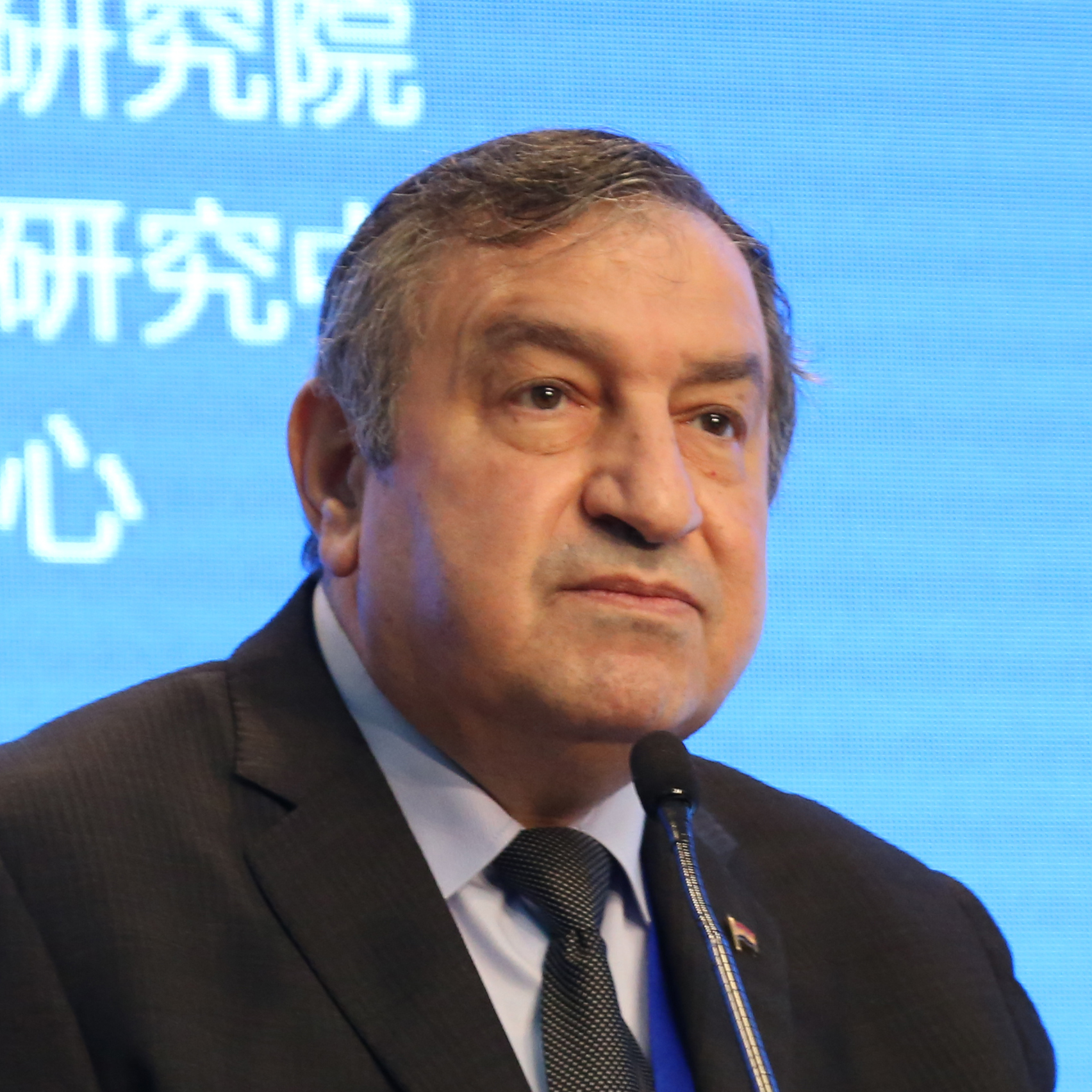






































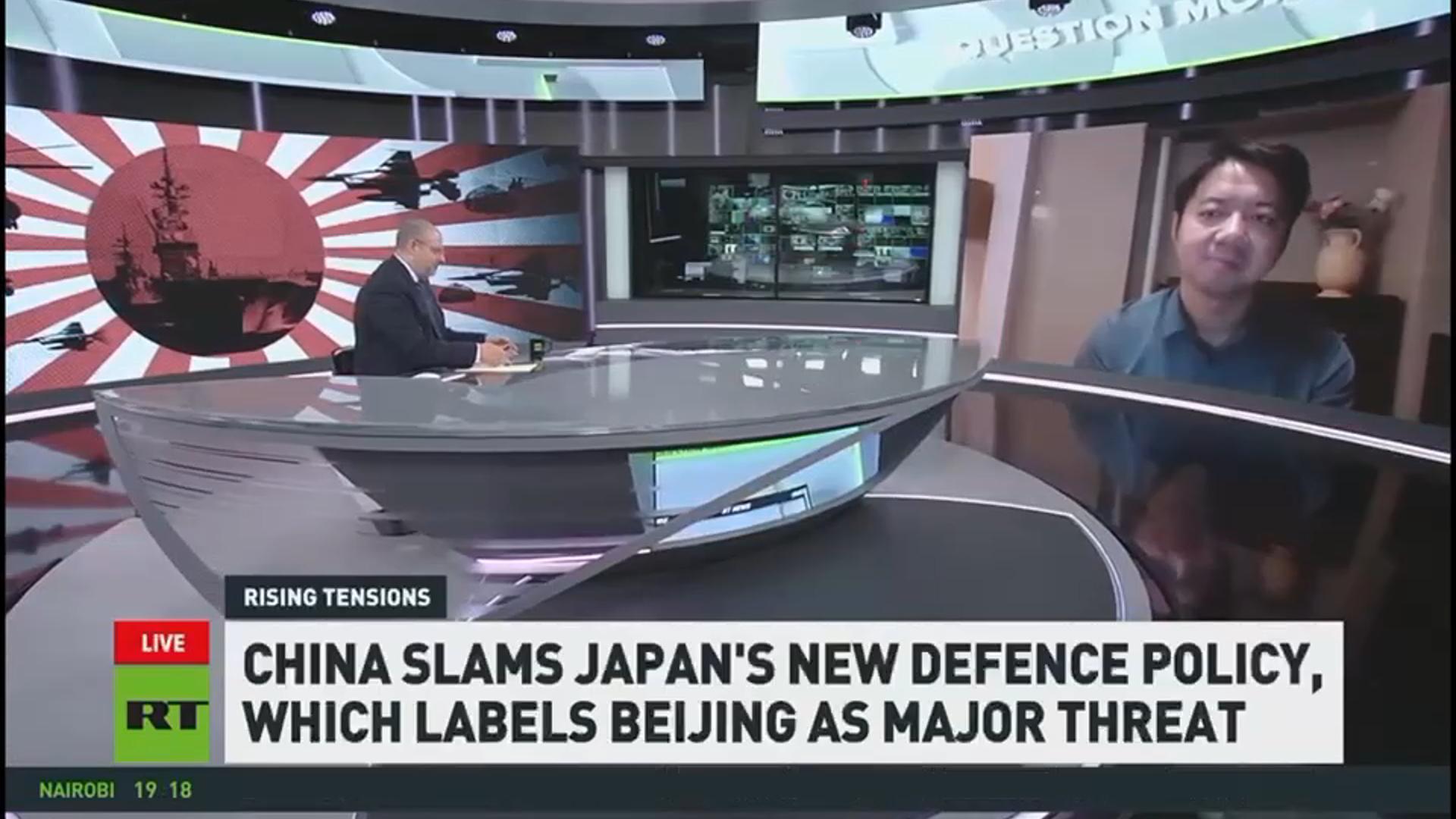
 京公网安备 11010802037854号
京公网安备 11010802037854号





